A very friendly reader by the name of Warron wrote to us recently to ask about a worm he found. Helpfully, he included a nice, large photo of the worm, which you’ll find below. The worm is black, or possibly a really dark brown, and it appears to be rather long, although it is hard to be certain of this because there isn’t an object by which to approximate the length of the worm. What is this (possibly) long, black worm?
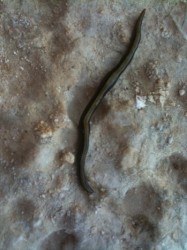
As always, it is very hard to be sure what type of worm are reader is dealing with, even with the photo he included. As we mentioned, it’s not clear exactly how large this worm is, and we also don’t know what part of the world this worm is from. Moreover, was the worm found in the soil, or was it found in an aqueous environment? We simple don’t know, and that makes identifying this worm difficult.
At first, we thought we were looking at a run-of-the-mill earthworm (and in fact there is a good chance we are). Earthworms tend to be light brown, or they tend to be a light brown relative to the color of the worm featured in the picture, but this isn’t universally true. A quick search for images of earthworms reveals that these creatures can in fact be a dark brown or almost black color (there are several different species of earthworms, after all), just as our reader’s worm is. However, it doesn’t appear that the worm in the picture has a clitellum, a thickened section of the body wall of earthworms and leeches. Clitella (the plural form of “clitellum;” say what you want about Latin being a “dead language” – it comes in handy) look a bit like bands wrapped around earthworms, and they tend to be in the center of their bodies, lengthwise. In the picture above, there is thickened section in about the middle of the worm, but normally the clitellum is more easily discernible.
The worm our reader found also looks a bit like one type of worm people commonly find in their aquariums, namely, ribbon worms. One type of ribbon worm – Notospermus tricuspidatus – is long and black, although this particular kind of ribbon worm has a white “W” on its heads. Given that this worm is photographed out of water, we doubt our reader found it in an aquarium, but if he did, he might have come across some species of ribbon worm.
If our reader didn’t find a ribbon worm, it seems likely that the worm he found, whatever it may be, belongs to the subclass of animals known as Oligochaeta, which is part of the annelid phylum. There are many different worms, both terrestrial and aquatic, that belong to the Oligochaeta subclass, including earthworms. Again, we can’t be sure of this, but it’s a good guess given that our reader’s worm looks a lot like an earthworm.
All About Worms is always free, always reader-supported. Your tips via CashApp, Venmo, or Paypal are appreciated! Receipts will come from ISIPP Publishing.



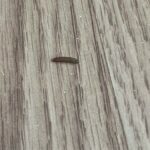
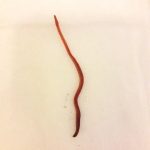
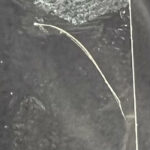
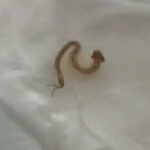

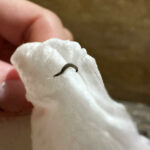
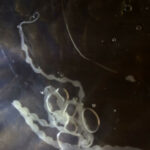
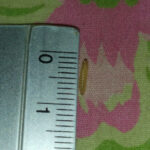

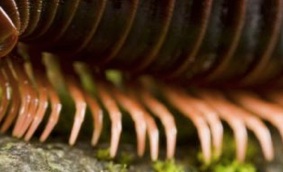

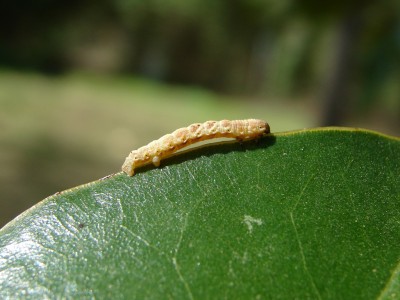


I have had a few of these or something like these in my house, specifically around the toilet area & near entrance area behind the front door. The flooring is laminate. The areas tend to be cool temperature compared to rest of house. The front door isn’t modern & there are small gaps. When I’ve found these on the toilet or around the entrance area they are near joints in the laminate between walls or a step. The front door is north facing & there is a mossy patch to the right of the door & around the entrance for a good metre or so there is weathered concrete which gives way to a shared entrance with a neighbour (some greenery & their garden). The concrete doesn’t catch the sun so it’s generally cool & dark & damp depending on the weather. I’m located in South West of England, I believe it’s limestone. The building is one bed room converted brewery/barn. Old stonework on the outside, the landlords have done their best to seal up any cracks. Wooden floorboards upstairs (no worms/leeches up here thank God, fingers crossed) warmer environment because of heater. laminate flooring downstairs, no heater, just electric stove, shower room & toilet. I wipe down & towel dry the shower room every day, making sure there’s no damp on flooring & surfaces. I’ve also found baby slugs in the downstairs toilet area (I assume they get in around pipes?) & on the walls around the shower which is adjacent to the entrance. Occasionally, I blitz the toilet & shower with citric acid solution to clean it (hard water limescale) & or bicarb with vinegar left overnight before swooshing it down with hot water & flush. It is getting into winter here now & recently rained, the days are cooler & darker as nights draw in. I moved in in July, & I’m not sure if it’s seasonal or if the ‘treatments’ worked I don’t like killing things but would prefer it if they weren’t in the house. A slug climbed up the outside & in through an open bedroom window next to my bed, which was a bit of a shock. I’ve never lived anywhere with slugs, or pictured black worms/leeches before. Any ideas or suggestions? Advice for how to keep the beasties out of the house would be much appreciated!!!
Many thanks,